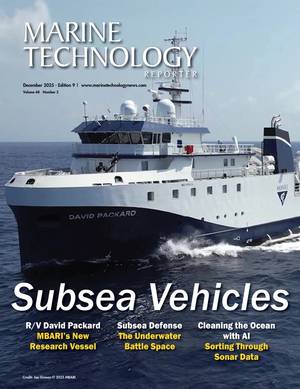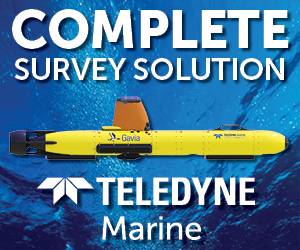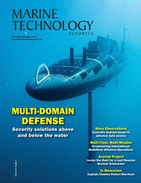Atlantic Canada is a ‘Silicon Valley’ of sorts for the global ocean community, a comparatively small but highly intelligent and energized cluster of academia, government and industry laser focused on growing its connection to everything ocean. MTR spoke with Jim Hanlon, Chief Executive Officer, Institute for Ocean Research Enterprise, for his take on the current speed and future direction of this innovative cluster.
For our readers not familiar, can you give a brief overview of Institute for Ocean Research Enterprise and its role in ocean related activities on Canada’s East Coast?
IORE is a federally incorporated not-for-profit corporation. We have one and only one purpose, and that is connecting research and industry for the purpose of economic development growth in the ocean sector. So it is not research for research’s sake, but research as a competitive tool. So we are really an economic development agenda, and we use research as the tool of choice.
Please give to us in numbers the cumulative economic and social impact of this industry on the Atlantic Canada Region.
I can give you some rough numbers. There have been some recent studies, most recently by OECD regarding the size of the global ocean economy. In rough terms, it turns out that about 5% of the global GDP surrounds the global ocean economy. In the U.S. it’s almost 5%; in China it’s about 8%. Canada, as it turns out, is only about 2%. A lot of this is due simply to geography, as many of our bigger cities are toward the middle of the continent and not on the coast, so partly it is a population distribution issue. To accentuate the problem, this country has the longest coast line in the world. So we have a relatively small population of about 36 million, the world’s longest coast line, and most of our population is not on the ocean. If you then zoom into Atlantic Canada, it is a significantly different picture. In Atlantic Canada about 15 to 20% – varying by definition and specific jurisdiction – of the economy is ocean based. Here it is hugely important, totally an ocean economy in this part of the country. It is really the most important sector of the economy in Atlantic Canada.
When you look at the universities, the corporations and the individuals in your region, what do you count as their greatest strengths?
I think the fact that we are small and relatively closely connected means that there is good opportunity for collaboration. The biggest city in the region is Halifax, and the total population is 500,000. Going back to the greater ocean economy I like to say there are five components:
- security and defense,
- energy from the ocean,
- food from the ocean,
- marine transportation and
- marine tourism.
Atlantic Canada has good representation in all five of those sectors of the global ocean economy, so we are not a ‘one trick pony.’ It’s really an opportunity and a good moment in time to scale to the world in all of those sectors. So while we are small and well connected, yet Atlantic Canada is represented well in all of those key ocean clusters. You can go to any of the world’s leading exhibitions and conferences and you will see an overweight by numbers in the presence of Atlantic Canada companies, and that is not accidental. There are a large number of those companies in our region and they are all focused on international commerce and export orientated.
So what do you see as their greatest weakness?
There can be rivalry amongst the different provinces and cities, and frankly (to effectively grow the cumulative business to global scale) we need to work more effectively together. Also, there needs to be a focus on the markets that are scalable. Your ideal first customer (for an ocean tech company) is a researcher; your worst 10th customer is a researcher. That means you haven’t scaled to a more mainstream market and could be doomed for bankruptcy. Frankly, everywhere in the world where you find ocean tech companies, they tend to be overly dependent on those research markets and not addressing those big five pillars of the ocean economy. The challenge is taking that wonderful disruptive technology – those sensors and automation – and moving it to the navies, the oil and gas companies, the food companies.
How does Atlantic Canada cumulatively stack up versus other subsea clusters around the world?
I know most about the New England cluster because I lived and worked there. I would say compared to that cluster, Atlantic Canada is smaller (in terms of GDP, employment, number of companies, etc.) but not that much smaller. The problem in comparing our cluster to the European and Asian clusters is that they are structurally different than the North American models. They are much more government-led than the American and Canadian groups, so it is really a big challenge to compare the different clusters around the world under differing political systems. The U.S. and Canadians have a lot of similarities, and looking at the U.S. you have the clusters in San Diego and New England, as well as the Pacific Northwest, Florida and the Gulf. I would say that Atlantic Canada is probably a junior of the bigger clusters in terms of size, but certainly in the same league.
Big picture, what do you count as the two or three defining trends that are driving research and business in this sector today?
Sensors: I see a historical evolution in sensors, as I’ve been in the ocean sensor business for almost 38 years. The early days were the physical measures of the ocean – current meters then wave buoys – then we drifted into chemistry, CTD measurements and ph … so it went from physical oceanography to chemical oceanography. The vanguard today that I’m most interested in, but as an electrical engineer I know the least about, is the bio sensors of the ocean. The stuff coming out of Monterray Bay and Woods Hole around the ESP – the Environmental Sensor Platform – these are all new first generation instruments that are purporting to measure the genome of the ocean, the bioactivity of the ocean. To my mind that is the sweet spot, that is the next vector in sensors, but understand that this is a global comment. It’s really interesting because you’re bringing a different mix of talent together in close proximity.
Automation: For many reasons, from productivity to health and safety, to ‘it’s a big ocean and small numbers of people,’ everything is moving toward automation and robotics. You look at things like the Liquid Robotics model, and the vessel of opportunity where you’re doing automatic measurements on commercial vessels … all of that involve automation and data collection without a trained human involved. I think it is pretty clear that’s where it is all going. For Atlantic Canada it is a latent opportunity. If you go to most parts of the world where there is a lot of marine robotics work going on … and I would argue that Massachusetts is probably the top of the hill … you find sensors from Atlantic Canada all over those robots.
Big Data: Perhaps the most ill-defined in terms of assessing the total market opportunity, but I think without a doubt the biggest opportunity of all. We have sensors coming out of everywhere, more and more sensors that are bringing in massive volumes of data, and there are not enough ocean scientists in the world to look at all of that data. So here we run the risk of creating a NASA phenomena, where the data just continues to pile up in a warehouse and nobody really gets a chance to use it because it’s piling up faster than you can look at it. So that automation of the data – the collection, the filtering, the analysis, the data correlation, the hypothesis generation – is an area of deep learning. I think that can be threatening to an oceanographer of my generation, thinking, “How can a machine replace me?’”But a machine won’t replace you, it will just multiply your effectiveness.
In your ‘bio’ it states that “Jim’s personal passion is innovation and its impact on the competitiveness of Canadian industry,” and your career has given you a view of technology in differing industrial sectors. When you look at attitudes toward innovation in this sector, how is it most the different, how is it most the same compared to other industrial sectors?
That is a pretty profound question. There is an overweight of science and technology in this sector so it’s rich in potential, particularly the smaller companies who overspend on R&D, priding themselves on re-investing 20% of their revenue on internal research and product development. This is admirable on one hand, but on the other hand a challenge for their bankers. But we are a sector dominated by scientists and engineers as opposed to bankers and marketers. Marketers in particular, as determining how you get to scalable market is a real challenge to all of us.
What drew you to the oceans/maritime sector?
I am the son of a Navy officer and literally grew up around it, the old ‘salt in the blood’ thing, It’s visceral, it’s personal. On the other hand, it is a really cool set of people in this sector. You’ve got interesting characters and intellects who are generally collaborative and driven by curiosity and interest and intellect instead of, frankly, crass commercialism. So on one hand while I’m saying the companies in this sector need to be more commercially orientated, on the other hand, many of these people are in it because they love the environment, the love the technology … it is an interesting and international business.
Please discuss efforts on behalf of IORE to engage global partnerships, whether it be through the inclusion of technologies and companies outside of your borders or the export of your technologies around the world.
We are focusing that effort on COVE, the Center for Ocean Ventures and Entrepreneurship, IORE is now creating COVE which is ‘brick and mortar,’ it’s a center, it’s a tech partner for the oceans with many of the things you might expect: an incubator for startups; shared workshops, space for researchers to interact. Most importantly it is not xenophobic. The point is to not make this a local club for Halifax or Nova Scotia or even Canada, but literally to fling the doors open and encourage interplay for folks anywhere. So we literally have carved out a physical chunk with open desk areas, so if someone from Baltimore, for example, wants to come up here and explore the market in Atlantic Canada because there are lots of markets evolving, come up here and spend two weeks. The only thing we ask: if you have brick and mortar in your facility, we would like a reciprocal arrangement. So the ‘visiting membership’ aspect has been baked in from the start.
This has been formalized with a (December 2016 signed) MOU with the University of Massachusetts Dartmouth. UMass Dartmouth has the CIE, Center for Innovation and Entrepreneurship, which is a tech center and incubator owned and run by UMass Dartmouth. It was not designed to be explicitly ocean technology, but guess what … it’s mostly ocean technology because it is southeast Massachusetts, and that’s what they do there. What we are trying to do now is put meat on the bones of the MOU, which will include:
- Exchange of Students: Not necessarily to take a course, but maybe to work a company internship.
- Exchange of Market Opportunities: If an RFP come out up here, we will flag it to our friends at CIE and they will do the same for us. We can’t stipulate which opportunities are open to American nor can they tell us what is available to Canadians, but we at least will cross-inform each other.
- We’re (eventually) going to try to do Cross-Border Funded R&D Grants.
- Shared Facilities. At first we need awareness, meaning an inventory of equipment in each facility. This is an attempt to get better utilization out of the gear. All of these facilities tend to have really interesting one-of-a-kind facilities. In the case of UMass Dartmouth, they have a Scanning Electron Microscope and in our case we have some unique tanks; they are really wonderful capital assets but they tend to get under-utilized.
When you look at the Ocean Business today, where – by region or market sector – do you see opportunity, and why?
I think it’s food. (Considering that both the defense and oil and gas markets are already more mature in this sense, and perhaps not the best candidates for disruptive technologies). There are also huge opportunities in marine renewable energy; this is high velocity growth but it’s starting from nothing, so it’s not that big yet. But if you look at food from the ocean. I think disruptive opportunities around the use of science and technology in food extraction presents a big opportunity. The challenge is that more of the world’s population is going to be reliant on protein from the sea; the carbon footprint is lower than it would be for livestock; on the other hand the level of CO2 emitted per pound of fish caught is not so good, because we are essentially hunter gatherers when it comes to fish for the most part. I think here there are huge opportunities for technology insertion, science insertion and productivity gains in this sector. Another I’m looking at with curiosity and wonder is marine tourism. Market and data analytics in that sector is ripe for growth, but I’m really not sure where that one is going yet.
What do you count as your biggest challenge to extending the scope and influence of this sector – growing the business if you will – and what specifically is IORE’s strategy to meet this challenge?
Alignment and coherence are the two words that come to mind. In Atlantic Canada the political engine has woken up and said, “This is a big deal; we can work with this.” There’s a lot of attention on the sector now, which is great, but it simply needs to be aligned and coalesced.
Jim-Hanlon, CEO, Institute for Ocean Research Enterprise
Hanlon is a 30-year veteran of the Canadian tech industry, having worked in design, marketing and management for companies in Atlantic Canada, Ontario and New England. His career has spanned the aerospace and defence sectors as well as the marine environmental monitoring field. Over the years, Jim has worked in senior management positions with several large publicly traded multinationals. He has also sampled the waters of the entrepreneurial well as an owner in two separate high tech companies that have successfully grown and been purchased by multinationals.
Until February of 2012, Hanlon was the President of Ultra Electronics Maritime Systems in Halifax, NS. He and his partners sold their company to Ultra Electronics Inc. in May of 2008. Ultra Electronics Maritime Systems is one of the oldest continuously operating electronics design and manufacturing operations in Canada and the largest electronics product design company in Atlantic Canada.
Hanlon’s personal passion is innovation and its impact on the competitiveness of Canadian industry. Jim is a proud alumnus of the Nova Scotia Technical College (now Dalhousie University Faculty of Engineering) with a degree in electrical engineering. He also has an MBA in marketing from Saint Mary’s University in Halifax and is a registered professional engineer in Nova Scotia.









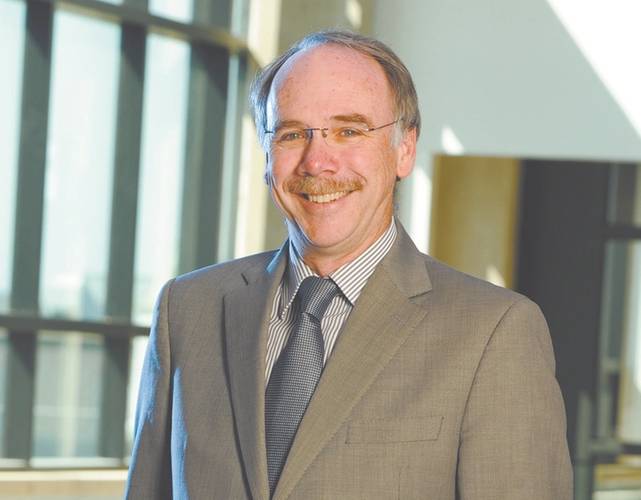
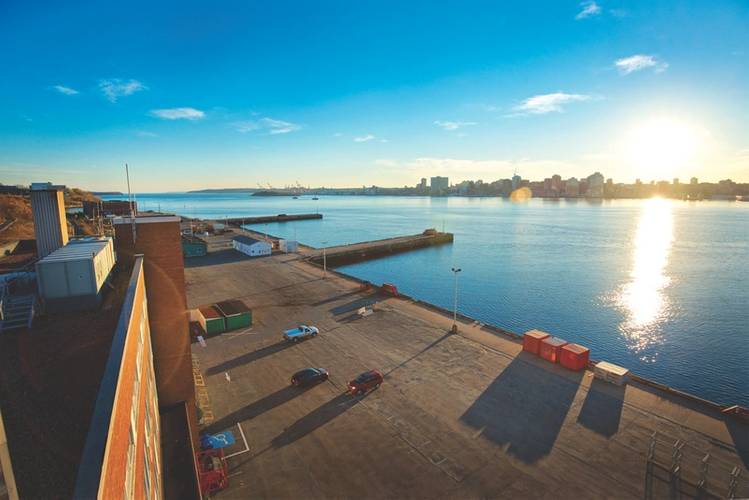
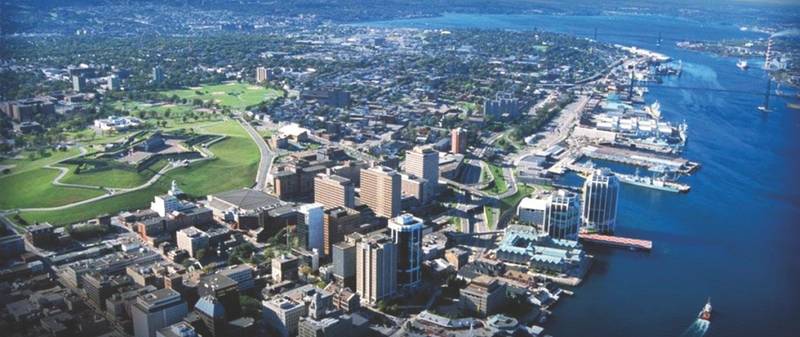
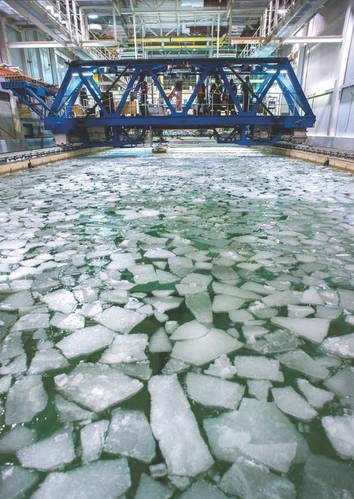
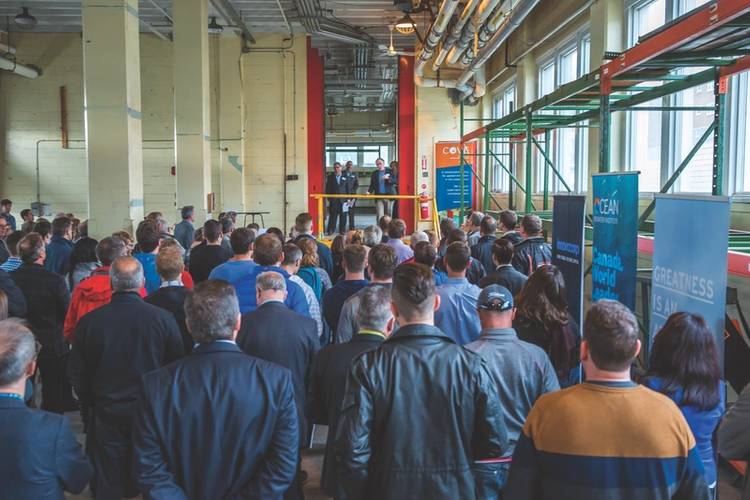
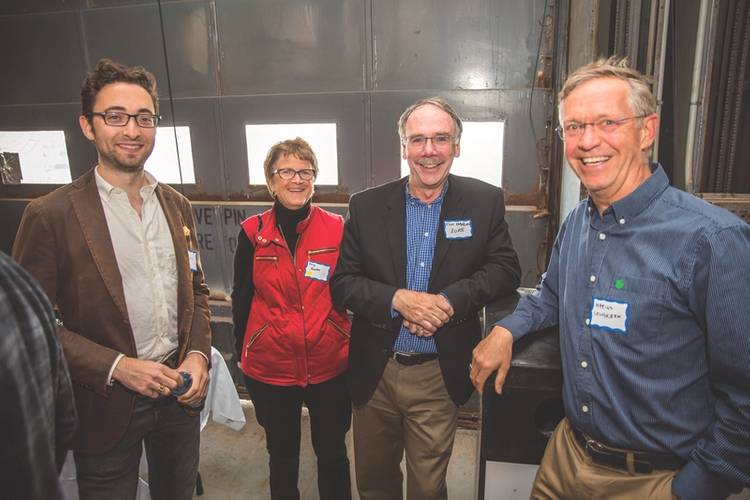
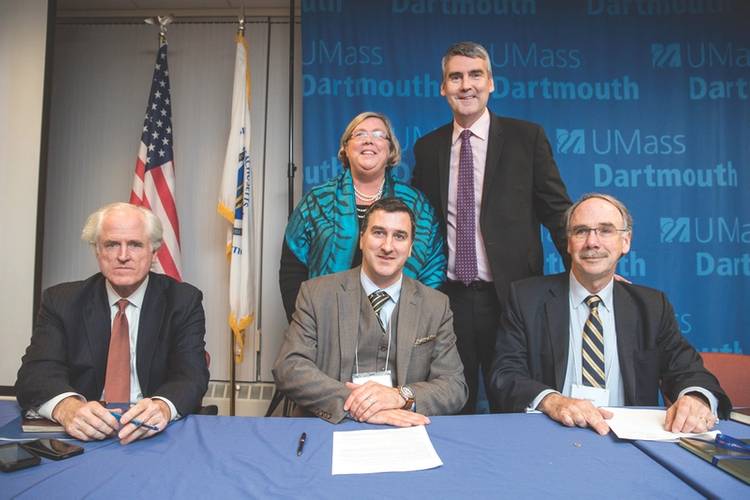

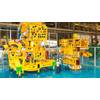
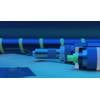
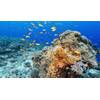
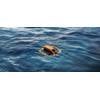
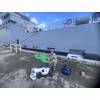






 December 2025
December 2025
